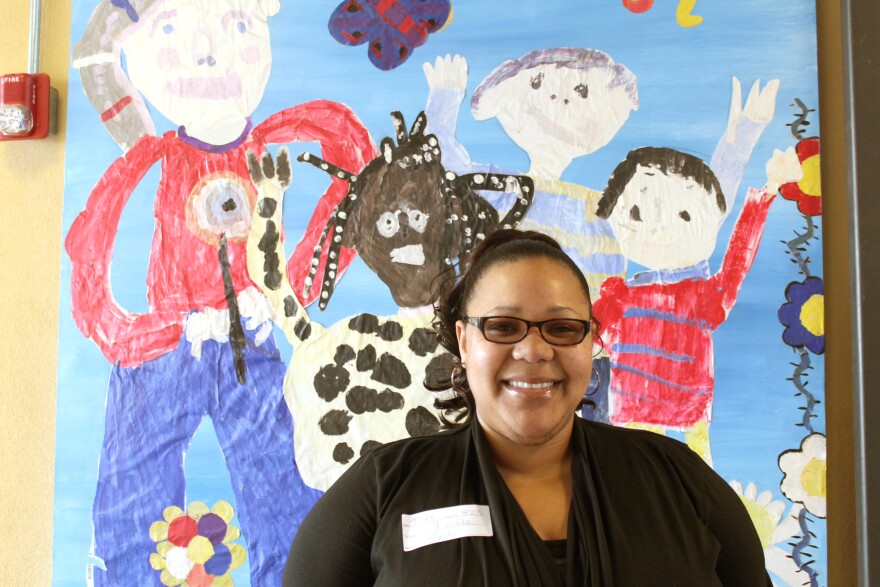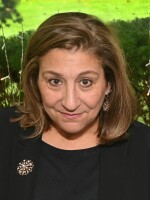As KCUR begins its in-depth look at how Troost Avenue divides Kansas City, we wanted to talk to people about their perceptions of the area east of the thoroughfare.
We spent some time east of Troost this month, asking about the realities and misconceptions of life near one of Kansas City’s most prominent racial and economic dividing lines.
Here are some of the highlights of what we heard back:
“I love living in this community. I love the idea I have this store here … I think that the service this organization provides (in the community) and the jobs ... it’s wonderful.” — Mary Williams Neal, former 3rd District City Councilwoman

“A lot of people have a tendency to look down on families at Operation Breakthrough. They think everyone has fallen down on hard times, but as a child, this is a very positive place.”
— Marshon Hubbard, who became a teacher because of her childhood experience at Operation Breakthrough, a social service and child care organization on Troost

“There are not quick answers (to what people need to know about Troost as a dividing line.) A long conversation is needed to understand Troost.” — Bob Burnett

“There are a lot of hard-working families here. They are just as normal as you and me. There’s a very big misconception that the crime is so bad. Your neighborhood is what you make it. I have so many good memories (east of Troost). My whole life has been here.” — Karla Magnussen

“I live a couple blocks east of Van Brunt. (It’s) like the forgotten part of the city. (You) drive past neighborhoods, (there are a) lot of boarded up houses ... It’s not the same west of Troost.” — Carah McGowan
This look at the Troost corridor is part of KCUR's months-long examination of how geographic borders affect our daily lives in Kansas City. KCUR will go Beyond Our Borders and spark a community conversation through social outreach and innovative journalism.
We will share the history of these lines, how the borders affect the current Kansas City experience and what’s being done to bridge or dissolve them.




